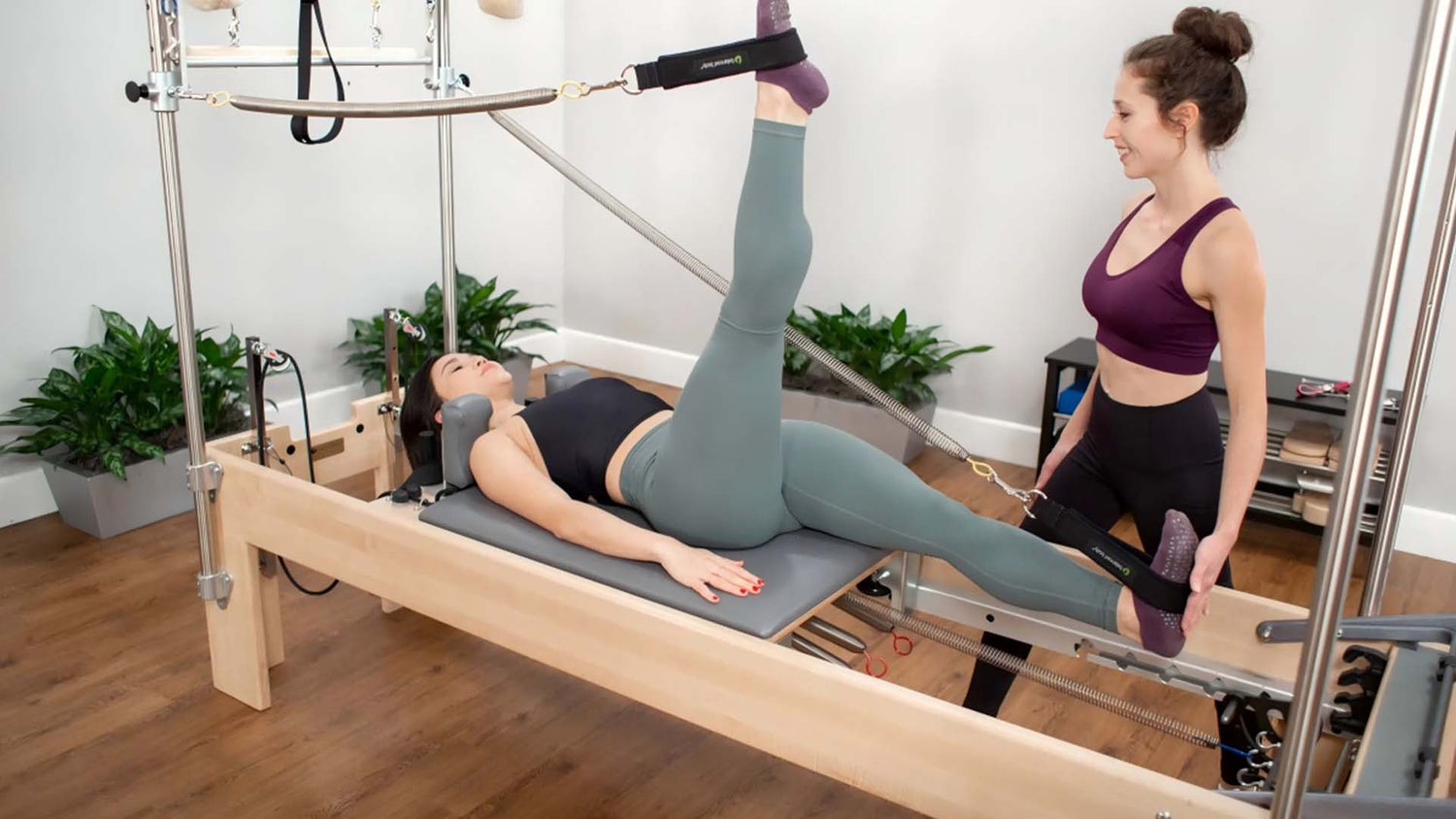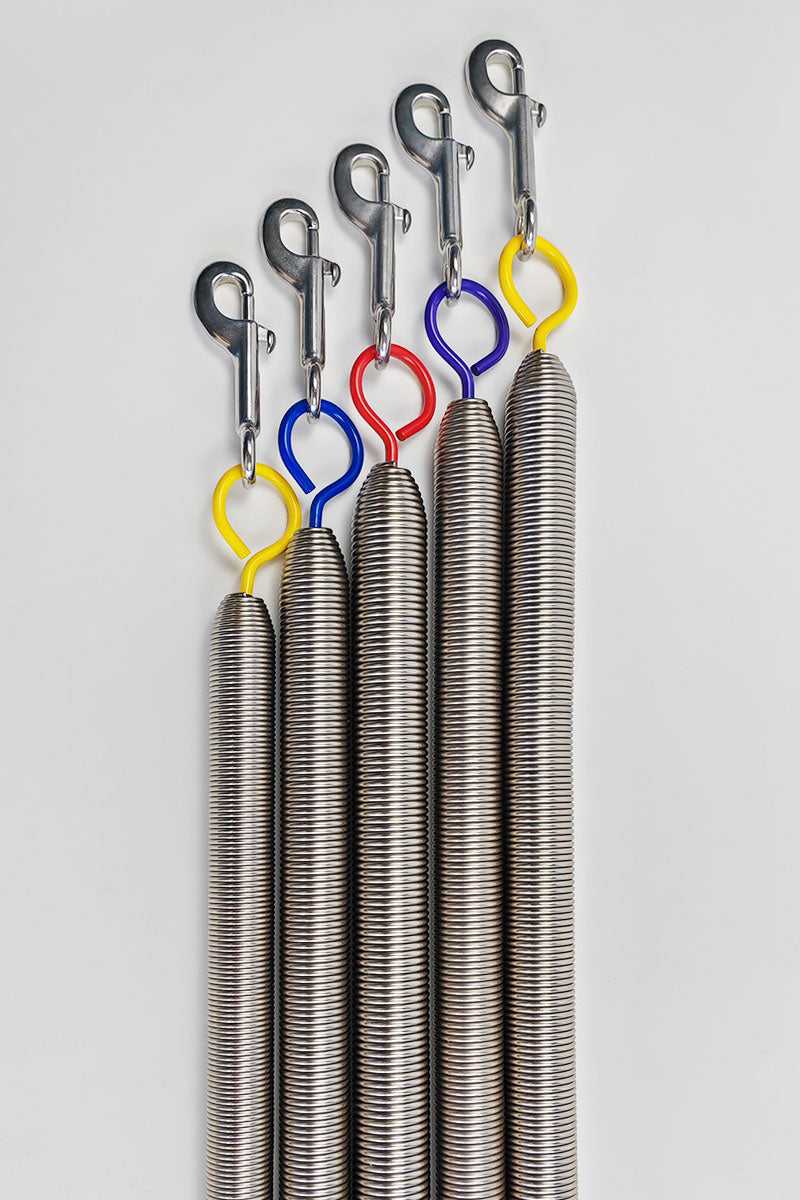Navigating the world of Pilates Reformer springs can feel like decoding a secret language, especially with the myriad of color codes and tension systems across different brands. Whether you’re a beginner or a seasoned practitioner, understanding how to select and use springs effectively is key to maximizing your workout’s safety and effectiveness. This guide breaks down spring tensions, brand-specific color codes, and setup tips to help you feel confident on your Reformer.
Understanding Spring Tensions: It’s Not Just About “Heavy” vs. “Light”
Reformer springs vary by tension, not just resistance, and each brand uses a unique color-coding system. Unlike weight machines, where heavier equals harder, Pilates spring tension is about control and stability:
- Classical Reformers (e.g., Gratz®, Techno®, Legacy®) use springs of uniform tension (typically all “Heavy”) with no color codes.
- Contemporary Reformers offer variable tensions (Light, Medium, Heavy, etc.) indicated by colors, allowing customization for exercises that demand precision, strength, or fluid movement.
Pro Tip: Heavier springs don’t always mean a “harder” workout. Many exercises—like controlled leg lowers—require more core engagement on lighter springs to avoid momentum.
Decoding Spring Colors by Brand
Here’s a quick breakdown of color-to-tension mappings for major brands to help you translate between systems, click to download your free Reformer Spring Guide PDF!
From the document, you can gain insights into the strength that the colors of springs from various brands signify, along with typical spring combinations.
Key Check: If you feel compressed or strained, the springs are too heavy. If the carriage moves uncontrollably, they’re too light.
Setting Up Your Reformer: Footbar, Gears, and Straps
Proper setup ensures optimal alignment and tension, especially for classical workouts:
-
Footbar & Gear Adjustments:
- Goal: Achieve a 90° hip angle when lying on the carriage with feet on the footbar (toes on, heels lifted).
- For heights 5’3”–6’4” (161–195cm): Use the standard gear (closest to the footbar on classical Reformers). Adjust the footbar closer to the carriage if needed.
- For heights under 5’3”: Move the carriage closer to the footbar; use a spacer block or shorten ropes so handles reach comfortably.
- For heights over 6’4”: Move the carriage away from the footbar; shorten ropes to avoid slack during exercises like Long Stretch.
-
Rope/Strap Configuration:
- Use short loops for hands and long loops for legs (except Short Spine, which uses short loops for both).
- Ensure ropes are “lightly taut” (not slack or engaged) when holding handles overhead—no spring tension should activate at rest.
Master Your Machine: Safety and Customization
- Consult Your Manual: Always review your Reformer’s user guide for brand-specific specs.
- Work with a Pro: A certified Pilates instructor can tailor spring setups to your strength, flexibility, and goals.
- Start Low, Progress Mindfully: Begin with lighter springs to build control, especially for dynamic movements like Jackknife or Push Through.
Final Thoughts
Understanding Reformer springs is about harmony between your body and the machine. Whether you’re flowing through classical sequences or exploring contemporary variations, the right tension enhances form, prevents injury, and deepens your practice. Take time to experiment, adjust, and listen to your body—your perfect spring setup is just a few clicks away!




























